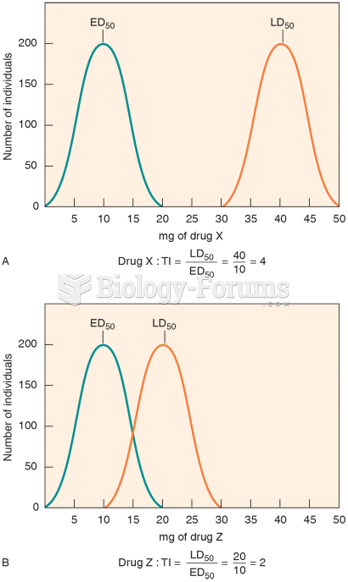Answer to Question 1
Correct Answer: 1,2,5
Rationale 1: Maintaining an optimal weight is a nonpharmacological therapeutic lifestyle change that can control cholesterol levels in the blood.
Rationale 2: A medically supervised exercise plan is a nonpharmacological therapeutic lifestyle change that can control cholesterol levels in the blood.
Rationale 3: This statement indicates that the client requires further education, as the client should decrease dietary saturated fats and cholesterol in the diet.
Rationale 4: It is recommended to increase soluble fiber, not insoluble fiber, in the diet. This statement indicates the need for further education.
Rationale 5: Eliminating tobacco use is a nonpharmacological therapeutic lifestyle change that can decrease cholesterol levels in the blood.
Global Rationale: Maintaining an optimal weight is a nonpharmacological therapeutic lifestyle change that can control cholesterol levels in the blood. A medically supervised exercise plan is a nonpharmacological therapeutic lifestyle change that can control cholesterol levels in the blood. Eliminating tobacco use is a nonpharmacological therapeutic lifestyle change that can decrease cholesterol levels in the blood. This statement indicates that the client requires further education, as the client should decrease dietary saturated fats and cholesterol in the diet. It is recommended to increase soluble fiber, not insoluble fiber, in the diet. This statement indicates the need for further education.
Answer to Question 2
Correct Answer: 2
Rationale 1: Several available agents are effective in reducing total cholesterol, LDL, and triglycerides.
Rationale 2: The alterations in laboratory values for this client are in the range of slightly elevated, and pharmacologic agents for lipid disorders carry a risk of adverse effects and potential adverse drug interactions. Therefore, nonpharmacologic approaches should be used before initiating drug therapy.
Rationale 3: The alterations in laboratory values for this client represent slight rather than extreme elevations.
Rationale 4: For many clients, dietary modifications might be effective in reducing lipid levels to normal.
Global Rationale: The alterations in laboratory values for this client are in the range of slightly elevated, and pharmacologic agents for lipid disorders carry a risk of adverse effects and potential adverse drug interactions. Therefore, nonpharmacologic approaches should be used before initiating drug therapy. Several available agents are effective in reducing total cholesterol, LDL, and triglycerides. The alterations in laboratory values for this client represent slight rather than extreme elevations. For many clients, dietary modifications might be effective in reducing lipid levels to normal.







